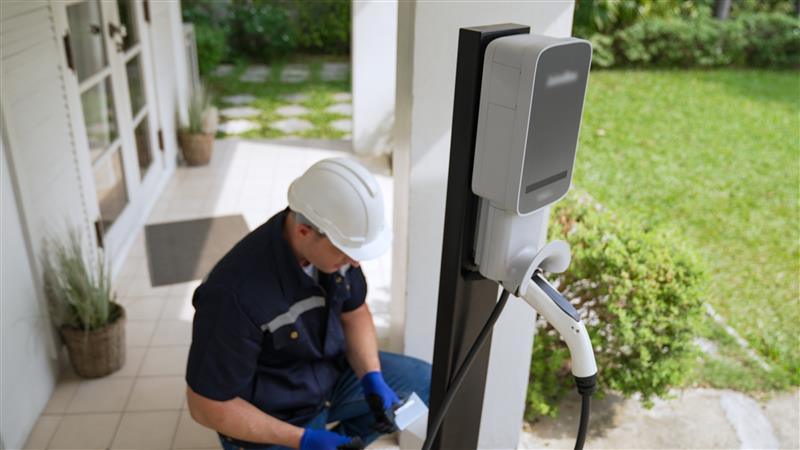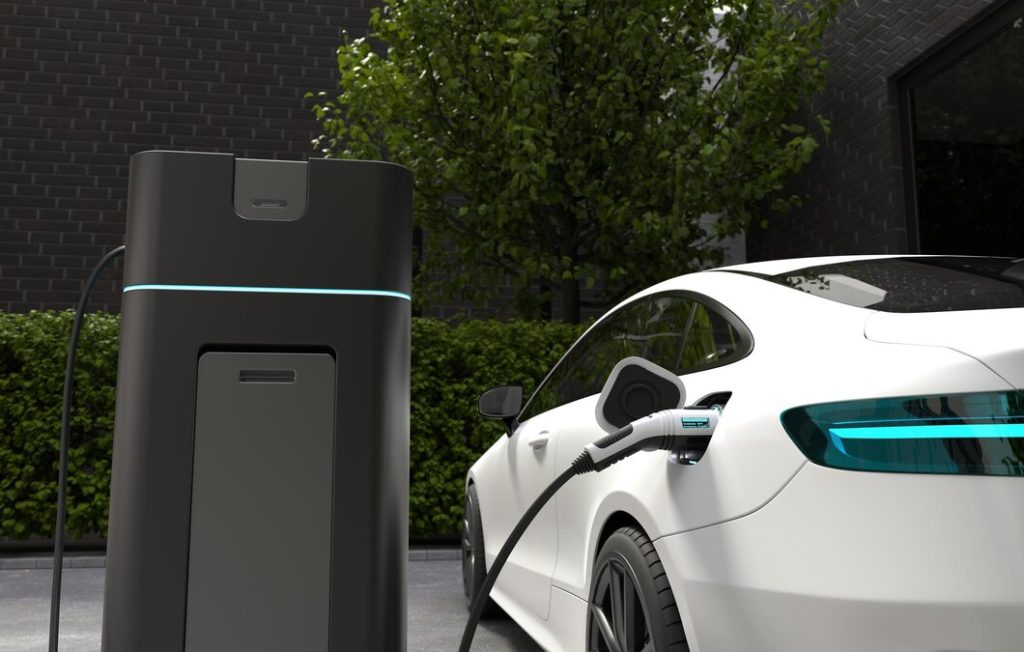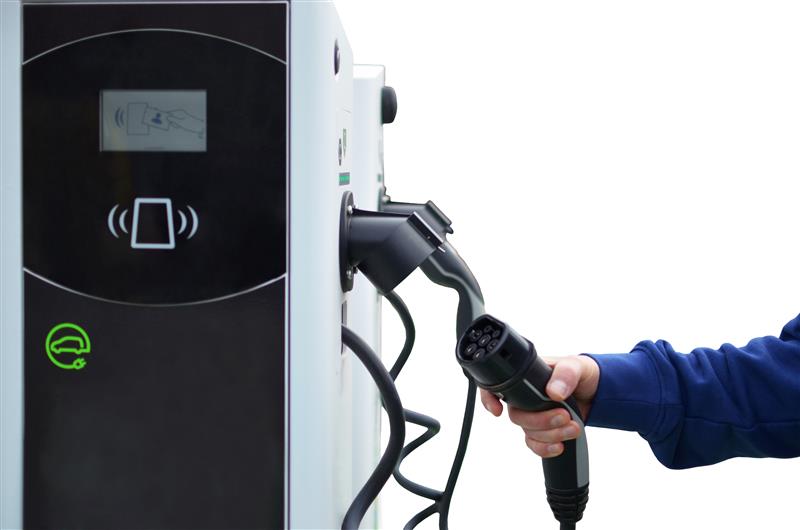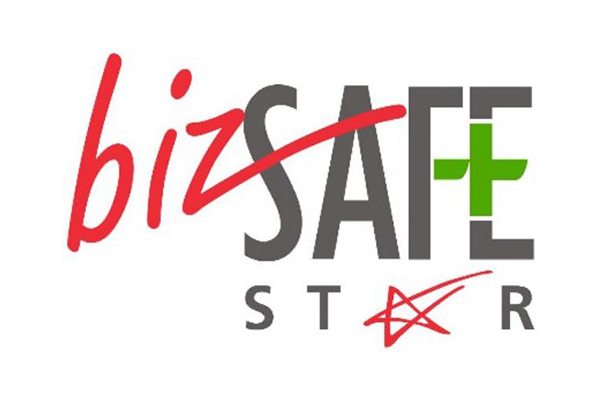
EV Charger Maintenance Costs in Singapore: What You Need to Know
Electric vehicles (EVs) are gaining popularity in Singapore. As more drivers switch to green transport, interest in home EV chargers rises. These systems bring daily convenience. However, like any electrical device, they also require maintenance. Understanding EV charger maintenance costs helps drivers stay prepared.
A well-maintained charger stays safe, works smoothly, and lasts longer. This guide explains how to maintain EV chargers, what affects their costs, and what owners need to know to manage the maintenance process effectively.
Why EV Charger Maintenance Matters?
Every EV charger handles high-voltage power daily. Over time, parts wear out. Cables bend. Dust collects. Without proper checks, small issues may grow. Proper care ensures the system performs safely and lasts for years.
In Singapore’s warm and humid weather, routine checks prevent heat damage, rust, or power faults. Owners who ignore basic care may risk disruptions or even system failure.
Who Handles the Maintenance?
EV charger maintenance is the owner’s responsibility if it is installed at home. The provider usually offers support, but regular checks remain as their responsibility. Owners should learn what signs to watch for, how often to inspect, and when to call for help.
In public or shared buildings, maintenance is handled by the building manager or EV charging service provider. These teams handle regular servicing and safety checks. Users simply plug in and charge.
What EV Charger Maintenance Cost?
EV charger maintenance costs are usually consistent because the maintenance checks are similar for most systems. Routine inspections follow clear steps—checking cables, connectors, and system function—so the cost doesn’t swing wildly.
However, two key factors can influence that cost:
- Type of Charger – AC or DC: DC fast chargers often need more upkeep than AC chargers. They handle higher power levels and have more complex parts.
- Location Access – Restricted or Non-Restricted: Chargers in restricted-access areas often need fewer checks, as they face less wear or misuse. Public or non-restricted chargers might require more frequent visits to ensure safety and performance.
If you’re unsure about your specific setup, reviewing these two points will usually give you a good idea of what to expect in terms of maintenance effort and cost.
Type of Charger and Its Role
Different chargers demand different care. AC chargers used at home need simple checks and minor cleaning. DC chargers, used in commercial spaces, require expert inspection and internal diagnostics.
Even among AC chargers, higher wattage units may run hotter and wear quickly. Knowing your unit type helps you understand its needs.
Installation, Setup, and Power Load
Installers connect chargers to your home’s distribution board. This link includes wiring, breakers, and earthing. Over time, these connections loosen or corrode.
Poor wiring raises safety risks. Heat may build up. Tripped breakers might point to deeper problems. A regular check keeps these risks in check.
Installers from providers like 3K Construction design systems to match power flow and ensure stable charging. Still, owners are encouraged to keep an eye on performance to spot trouble early.
Usage Frequency and Cable Wear
Every time you plug in, the cable flexes. Over time, the rubber weakens, and connections wear. If you tug or twist the plug often, damage grows faster.
Dust or metal flakes can settle on the plug tip. This interrupts power and causes overheating. Regular wiping with a dry cloth prevents buildup.
Users should watch for frayed wires, melted tips, or loose plugs. These signs call for quick action.
Placement Conditions and Charger Durability
Some customers wonder if they can install a charger outside, especially if they can’t place it indoors. These chargers are specially made to work in all types of weather.
EV chargers are designed to handle tough conditions. The same models installed at homes are also used in public car parks and open-air charging stations. They are weatherproof, built to resist rain, dust, and heat, and certified to operate safely across a wide range of environments.
Your charger will work well whether it’s under a roof or out in the open. There’s no need to worry—your setup remains safe, durable, and supported by the same standards used for public charging infrastructure.
Inspection and Maintenance Routine
Good care includes both owner checks and expert servicing. A simple monthly review catches surface problems. A yearly expert visit handles deeper system checks.
Below is a suggested routine:
| Task | Frequency | Who Handles It |
| Test charging performance | Weekly | Owner |
| Wipe down the outer shell | Monthly | Owner |
| Check the plug and cable | Monthly | Owner |
| Clean ventilation slots | Quarterly | Owner |
| Inspect power connections | Biannual | Technician |
This simple schedule prevents many problems and reduces the long-term EV charger maintenance cost.
Common Signs of Trouble
You should not wait for failure to act. Many signs appear before a charger breaks down. Spotting these signs saves time, money, and stress.
Watch for:
- Burnt Smell: Often signals overheating or internal damage—have it checked immediately.
- Discoloured Parts: May point to heat damage from poor connections.
- Cracked Housing: Can allow water or dust in, leading to bigger issues.
- Frequent EVDB Tripping: May point to aged or faulty components that need replacement.
Once you notice a problem, stop using the charger. Turn off the power, and contact the installer or maintenance team.
Safety Standards and Inspections
Singapore follows strict safety rules for EV chargers. These include wiring checks, breaker ratings, earth grounding, and fire protection. Regular inspections ensure your charger still meets these rules.
Installers certified in electrical fit-outs, such as those from 3K Construction, follow these standards during setup. But as the owner, you are encouraged to inspect the unit regularly.
During inspections, experts test voltage levels, check connectors, and run power load tests. These steps verify that your charger runs safely and does not strain your power supply.
How Providers Help with Maintenance?
Some EV charger providers offer aftercare or service plans. These may include yearly inspections, software checks, and parts replacement.
While owners must stay alert, support teams take care of deeper system testing. Having trained help ensures long life and safe use. Choosing providers who offer full care solutions adds peace of mind.
Providers can also advise on upgrades, improved safety tools, or smarter charger models. This keeps your system future-ready.
Reducing EV Charger Maintenance Cost Over Time
While you can not skip maintenance, you can reduce its cost. Prevent problems early, so that you will not have to pay more later.
Tips include:
- Handle Cables with Care: Avoid pulling, driving over, or dropping them. Treat cables with care to prevent damage.
- Protect the Charging Gun: Keep out water, dust, and foreign objects. Always check the gun head before plugging in.
- Use the Isolator Occasionally: Turn it off when you are not using it. Think of it as a small computer and needs a full restart occasionally to function properly.
- Trip the RCCB Regularly: Press the test button in the EVDB to ensure the protection system is working.
- Schedule Checks: Book regular visits before small issues grow into bigger ones.
These small habits stretch the charger’s life and trim long-term EV charger maintenance cost.
Why Regular Care Extends Your Charger’s Life?
An effective EV charger lasts longer when well-maintained. Clean plugs provide better power. Inspected wires remain cool. Secure mounts minimise vibrations and damage.
Without proper care, even the best charger can struggle. Neglecting maintenance shortens its lifespan and poses risks. By establishing a consistent maintenance plan, you can protect your charger, your vehicle, and your power supply.
Conclusion
Installing a charger marks the start—not the end—of your EV journey. To keep your system safe, strong, and long-lasting, stay alert. Learn what care it needs. Understand the parts. Watch how it behaves. Take action when things change.
With a little time and steady effort, you can avoid surprises and lower the EV charger maintenance cost. Charge with peace of mind, knowing your system stands strong.
Treat your charger like any home tool. Clean it. Watch it. Respect it. In return, it will serve you every day without fail.




